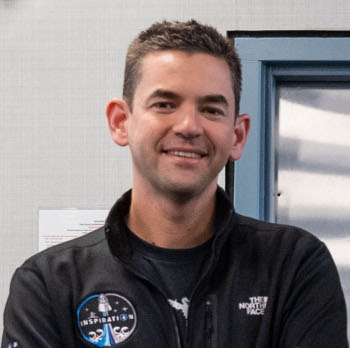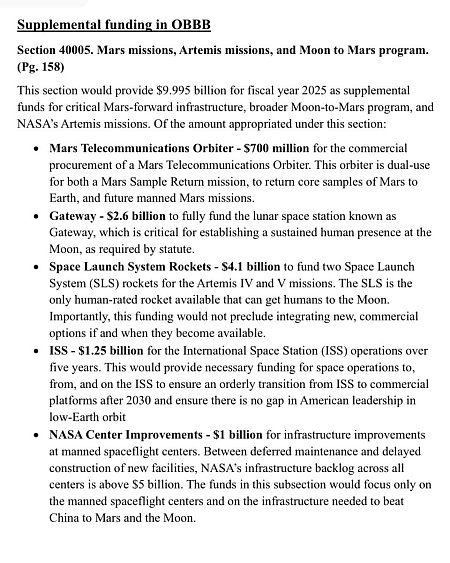Zimmerman Op-Ed at PJ Media

Damage to Orion heat shield caused during re-entry in 2022,
including “cavities resulting from the loss of large chunks”
PJ Media this evening published an op-ed I prepared this week in a last desperate effort to convince both President Trump and NASA administrator Jared Isaacman to rethink the manned nature of the Artemis-2 mission scheduled to launch sometime in the next three months.
President Trump and NASA Administrator Isaacman: Please Take the Crew Off of Artemis II
Nothing I say in this op-ed will be unfamiliar to my readers. I choose to farm it to PJ Media because I wanted it to get as much exposure as possible. As big as my audience is becoming, from 4 to 6 million hits per month, PJ Media has a wider reach.
I also decided in the op-ed to make no general arguments against SLS or Orion. Though my opposition to them is long standing and well known, this is not the time to fight that battle. My goal was simply to get NASA to put engineering ahead of schedule, so as to avoid the possibility of it repeating another Apollo 1 fire or Challenger accident.
I doubt at this point this op-ed will make a difference, but to paraphrase a quote written by Gordon Dickson in his wonderful science fiction book Way of the Pilgrim, there was a hand pushing me from behind, forcing me forward. I had no choice. The image of Orion’s heat shield to the right, after the 2022 return from the Moon, required action.

Damage to Orion heat shield caused during re-entry in 2022,
including “cavities resulting from the loss of large chunks”
PJ Media this evening published an op-ed I prepared this week in a last desperate effort to convince both President Trump and NASA administrator Jared Isaacman to rethink the manned nature of the Artemis-2 mission scheduled to launch sometime in the next three months.
President Trump and NASA Administrator Isaacman: Please Take the Crew Off of Artemis II
Nothing I say in this op-ed will be unfamiliar to my readers. I choose to farm it to PJ Media because I wanted it to get as much exposure as possible. As big as my audience is becoming, from 4 to 6 million hits per month, PJ Media has a wider reach.
I also decided in the op-ed to make no general arguments against SLS or Orion. Though my opposition to them is long standing and well known, this is not the time to fight that battle. My goal was simply to get NASA to put engineering ahead of schedule, so as to avoid the possibility of it repeating another Apollo 1 fire or Challenger accident.
I doubt at this point this op-ed will make a difference, but to paraphrase a quote written by Gordon Dickson in his wonderful science fiction book Way of the Pilgrim, there was a hand pushing me from behind, forcing me forward. I had no choice. The image of Orion’s heat shield to the right, after the 2022 return from the Moon, required action.







